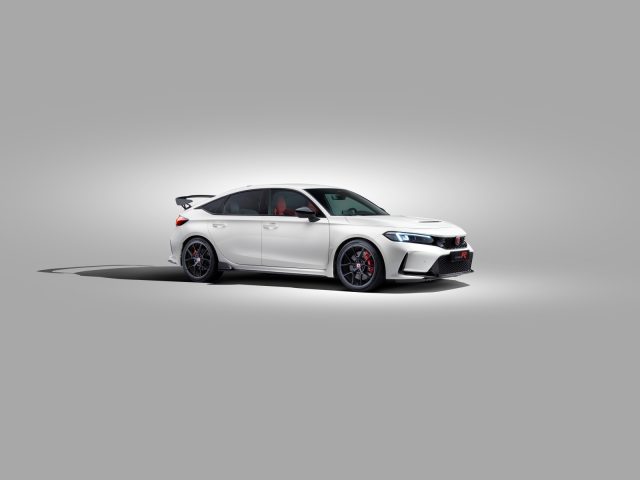25 years of Honda Civic Type R: all generations in a row
EK9 (1997-2000): the first peppery Civic
The Type R name had its origins in the 1992 Honda NSX Type R. An impressive sports car, of which only a few were made. So Honda came up with the idea of marketing a heavily peppery Civic so that everyone could drive a Type R. The EK9 was the result and was only available in the Japanese market. It had high-end specifications; including a ‘hand-ported’ 1.6-liter DOHC VTEC engine that produced a very impressive 116 hp per liter, a lightweight welded body that contributed to a low vehicle weight of only 1050 kg, combined with a Limited Slip Differential (LSD). In short: a tasty ripping iron.

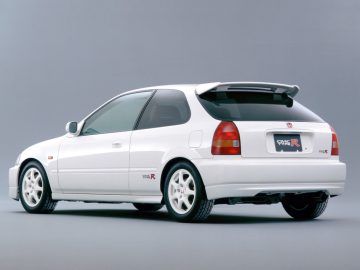

EP3 (2001 – 2005) the ‘European’ Type R
As a result of the success of the first generation, the second generation was offered throughout Europe. It helped that the Civic was produced in the UK from then on. The new car introduced an all-new, and now iconic, 2.0-liter DOHC i-VTEC ‘K’ series engine.
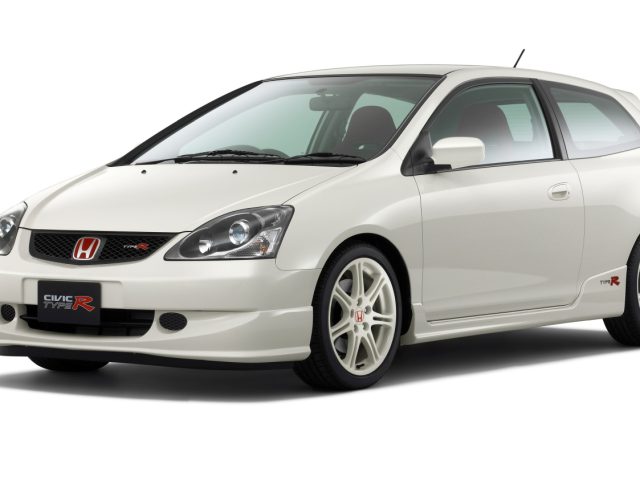
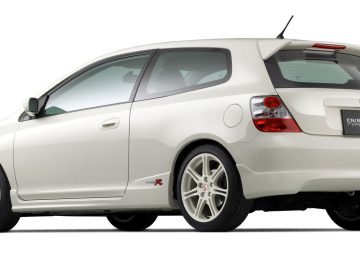

FN2/ FD2 (2007-2011) Type R – two variants
The third-generation Civic Type R was unique because the European and Japanese models were very different. Europe received the FN2-based hatchback, which retained the proven 2.0-liter engine but introduced a new chassis that placed the fuel tank under the front seats to improve interior space and flexibility. Japanese customers were instead offered the FD2 sedan, which offered an even more focused driving experience thanks to additional items such as a more powerful K20A engine, a helical LSD and powerful Brembo brakes.


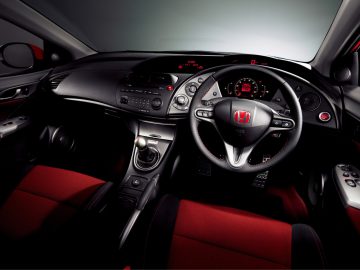
FK2 (2015-2017) Introduction of the VTEC Turbo
As market and regulatory expectations changed, the move to a turbocharged engine was inevitable. The result was the 310-hp K20C1 2.0-liter turbo engine. To better manage the significant power increase, Honda introduced Dual Axis Strut Suspension in conjunction with a limited slip differential to counteract torque steer, which is common in high-power front-wheel drive cars. The 2015 Civic Type-R sprinted from 0 to 100 mph in just 5.7 seconds and was equipped with large-diameter brake discs (351 mm). The FK2 proved to be a formidable base for a competition car and won several TCR Touring Car titles around the world.
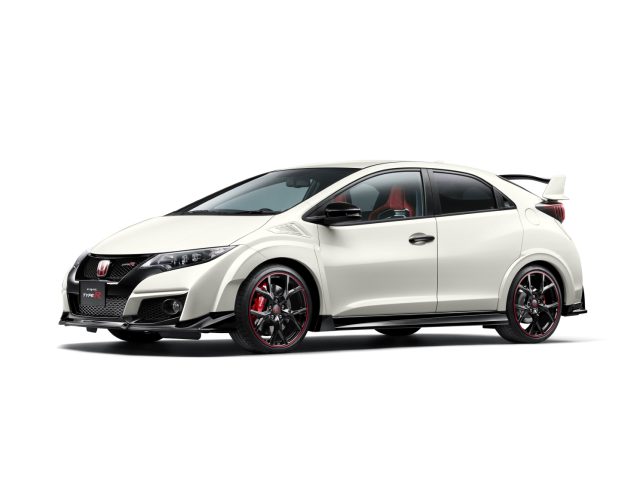
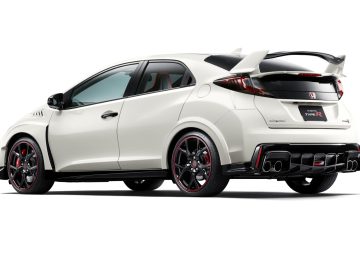

FK8 (2017-2022) The ultimate sports hatchback
The FK8, which arrived in 2017, was an ultimate version of the Civic Type R. The new car was a significant evolution of the FK2 with a host of new mechanical features, such as adaptive dampers and further revisions to the K20C1 engine to boost power to 320 hp. The model also introduced downward pressure for an even more intense ride; the external aerodynamic package worked in conjunction with an advanced, near-flat underfloor to actively contribute negative elevator. The model also debuted in the United States, where the car became a sales hit compared to the rest of the world.
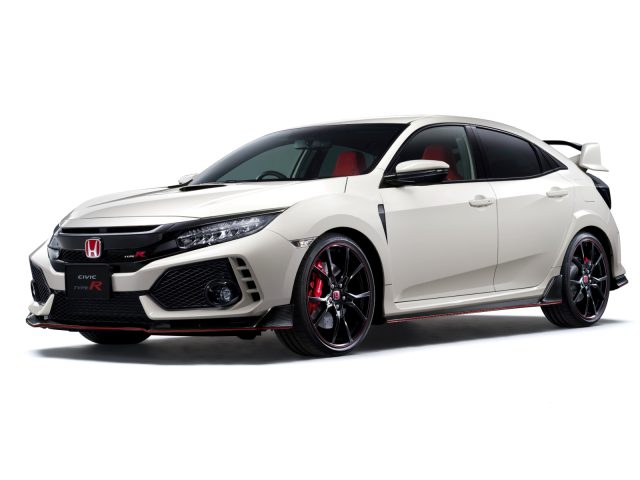

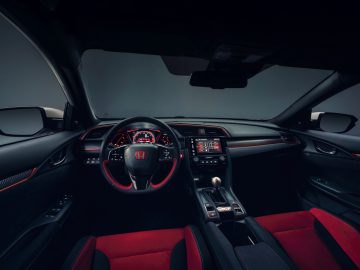
FL5 (2022-) Ultimate Sport 2.0
In 2023, Honda will introduce a brand new generation of the car. The new Type R is based on the eleventh-generation Civic, which makes it look less futuristic than its predecessor. The car seems more contemporary and less from the year 2080. Even the wheels are a little less in-your-face. The outgoing model’s 20-inch wheels give way to modest 19-inch ones. Not that the Type R doesn’t stand out, mind you. On the rear, another substantial spoiler flaunts and in the middle of the diffuser are striking three exhausts.
The exact specifications are still being kept secret by the Japanese, but it is known that the familiar 2.0-liter K20 VTEC turbo engine sends power to the front wheels via a six-speed manual transmission and mechanical limited slip differential. How powerful the new Type R is, Honda would not yet say, except that it is more powerful than its 320-hp predecessor.
